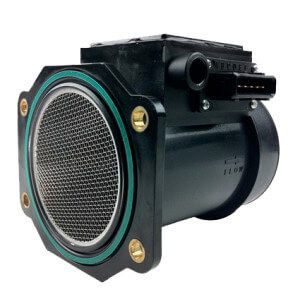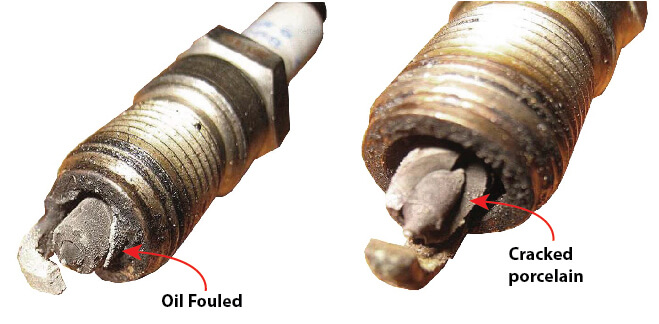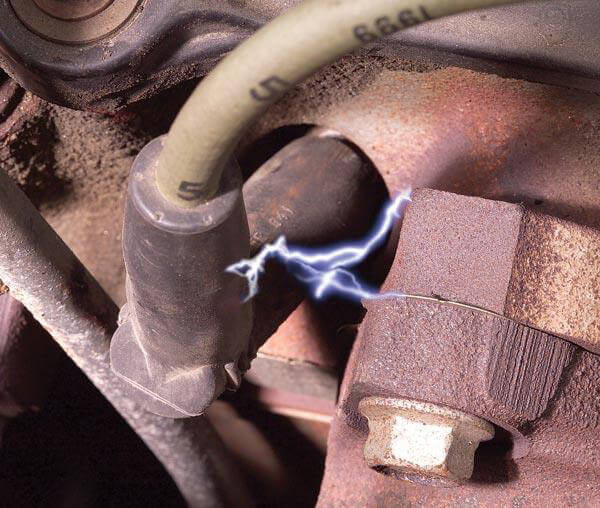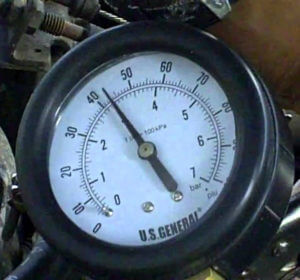Fix high HC and failed emissions test
How to deal with failed emissions test and high HC
What causes high HC?
If you’ve failed your emission test due to high HC readings, this post is for you. Let’s start by understanding what things cause a high HC reading. A high HC reading means the test found high HC (hydrocarbons) in your emissions. In other words, too much gas is left in the exhaust after combustion. High HC can be caused by improper combustion, where:
• Combustion didn’t occur due to misfire (weak spark or no spark due to wrong spark plug gap, worn spark plug, bad or weak ignition coil, leaking spark plug wires, improper air/fuel mixture)
• Faulty fuel injectors are introducing too much fuel during intake, or clogged fuel injectors are injecting too little fuel into the combustion chamber.
• The combustion started too late and the air/fuel mixture wasn’t fully burned (spark timing is off)
• Combustion ended too quickly (not enough air to fully burn the fuel)
• A worn engine is causing too much oil to enter the combustion chamber and the excess oil enters the exhaust.
• The catalytic converter lacks the proper level of oxygen storage capacity so it can’t clean up left over hydrocarbons.
Diagnose high HC
The two most common causes of high HC readings are worn ignition parts and unmetered air entering the engine.
Unmetered air causes a lean misfire
A vehicle’s mass airflow sensor (MAF) detects the volume and

A mass airflow sensor detects the amount and density of air coming into the engine
mass of all incoming air. If the MAF is dirty, it can mess up the readings. Always start by cleaning the MAF sensor. See this post for tips on how to clean a MAF sensor.
However, if there’s a vacuum leak in the engine, a gasket leak or even a crack in the air duct after the MAF sensor, additional air is drawn into the engine that isn’t accounted for by the computer. This is unmetered air.
Ideally, the powertrain control module is trying to provide an air fuel mixture that’s 14.7 parts air to 1 part fuel. But if unmetered air gets into the system, it throws off the air fuel mixture and you wind up with something like 20:1. This causes a lean misfire, where the combustion process ends too soon, sending unburned gas into the exhaust.
The easiest way to discover whether you’ve got an unmetered air condition is by using a scan tool with live data capabilities. Oh stop whining! If you want to diagnose and fix your own car, you need the right tools. You can buy a scan tool dongle and phone app for less than $100 or a decent free-standing scan tool for under $300.
Start by reading short term and long term fuel trims
When the computer has to add or subtract fuel, it stores the adjustments in the “fuel trim” category. If the computer adds or subtracts fuel for a short period, the results are stored under short term fuel trim. However, if the computer finds that it has to constantly add or subtract fuel, it stores the data under long term fuel trims. Short and long term fuel trim values typically ranged from -25% to +25%. A reading beyond +10% or -10% indicates a problem.

A negative fuel trim value means the computer is subtracting fuel, while a positive value means the computer is adding fuel. A positive fuel trim beyond 10% is almost always a sign of a vacuum leak or air leak in the air duct system.
Checking for vacuum leaks and air leaks
Look for cracked or unplugged vacuum lines. Check cracks in the air duct from the air filter box to the throttle body. If you can’t find any, spray carburetor cleaner around the intake manifold while watching the O2 sensor readings on your scan tool. In many cases you can see the vacuum leak as it sucks in the liquid spray.
Check ignition parts
Worn spark plugs, worn spark plug wires and a weak ignition
Cracked spark plug
Oil fouled spark plugcoil can create a weak spark, and that can prevent the combustion process from starting properly. If you haven’t changed spark plugs according to the manufacturer’s recommendations, chances are the gap is too large and that alone can cause a weak spark.
Old worn spark plug wires introduce too much resistance and that can also result in a weak spark.

Arcing from deteriorated spark plug wires
On engines with a distributor, check ignition timing to make sure it’s up to spec.
Check for leaking fuel injectors
Leaking fuel injectors dump too much gas into the cylinder because they can’t shut off completely. One quick way to detect leaking fuel injectors is with a fuel trim reading. A negative fuel trim reading tells you the computer is trying to cut back on fuel. The higher the reading, the more it’s trying to cut fuel. Short or long term fuel trim readings beyond -10% are a clear indication of a fuel leak.
The other way to test for leaking fuel injectors is to perform  a leakdown test. Connect a fuel pressure gauge to the fuel rail and leave it on overnight. If the pressure drops by more than 5-psi by morning, you probably have a leaking fuel injector or a failed check valve in the fuel pump. However, a leaking check valve would also cause extended cranking first thing in the morning.
a leakdown test. Connect a fuel pressure gauge to the fuel rail and leave it on overnight. If the pressure drops by more than 5-psi by morning, you probably have a leaking fuel injector or a failed check valve in the fuel pump. However, a leaking check valve would also cause extended cranking first thing in the morning.
Check for leaking coolant
A breached head gasket can cause coolant to enter the combustion chamber. That can cause high HC readings during an emissions test. Check for a coolant leak by conducting a cooling system pressure test
Bad catalytic converter
The catalytic converter’s job is to clean up HCs that get into the exhaust stream. It does this by storing oxygen and then releasing it into the chamber to burn off gas, oil or coolant that enters.
Symptoms of a failing catalytic converter
• Significant loss of power over when driving above 15-25 mph. A melted or obstructed ceramic honeycomb restricts exhaust flow causing a power reduction.
• If you smell a sulfur or rotten egg smell from the exhaust on an otherwise good running vehicle. That’s an indication that the Catalytic Converter isn’t burning fuel completely, releasing it as hydrogen sulfide.
• If you hear a rattle inside the CAT. This may indicate a broken Catalytic Converter ceramic honeycomb.
For more information on diagnosing a catalytic converter, see this post.
©. 2018 Rick Muscoplat
Posted on by Rick Muscoplat